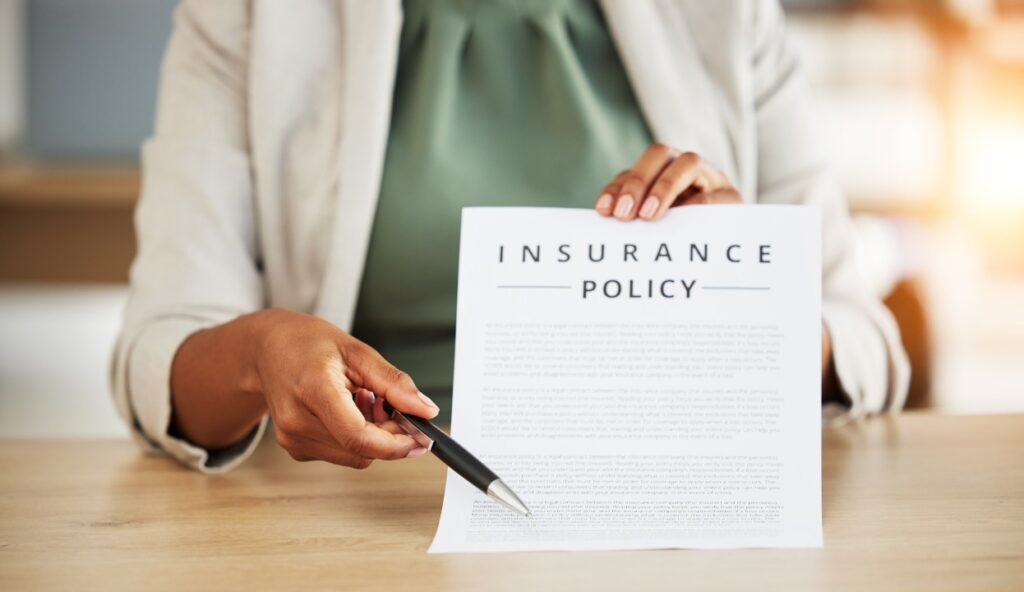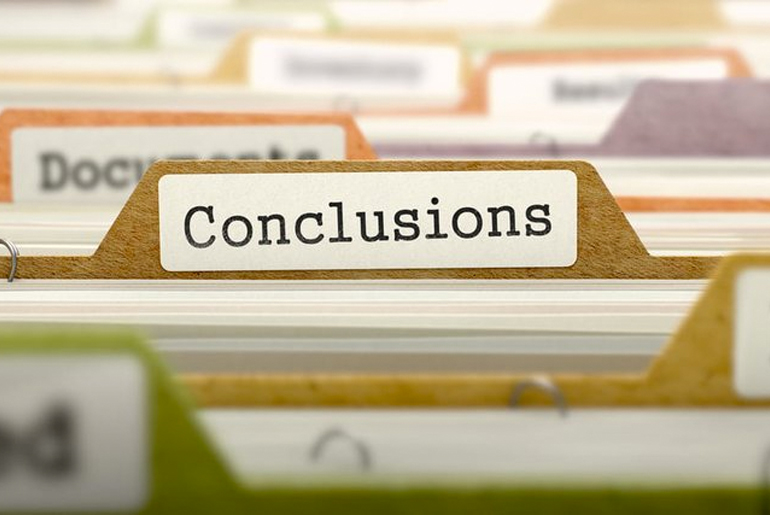Meta Description:
Planning to buy home insurance? Discover the top 10 things you need to know before purchasing home insurance in the USA, UK, Canada, and India.
Protect your home with confidence!
Introduction

Home insurance is more than just a safety net—it’s a necessity for protecting your most valuable asset: your home.
Whether you’re a first-time homeowner or a seasoned property investor, understanding the ins and outs of home insurance is crucial.
With varying policies, coverage options, and regulations across countries like the USA, UK, Canada, and India, navigating the world of home insurance can feel overwhelming.
This comprehensive guide breaks down the 10 most important things to know before buying home insurance, tailored for audiences in Tier 1 countries and beyond.
From understanding coverage types to avoiding common pitfalls, we’ve got you covered. Let’s dive in!
1. Understand the Types of Home Insurance Coverage

What Does Home Insurance Cover?
Home insurance typically covers:
- Dwelling Coverage: Protects the structure of your home.
- Personal Property Coverage: Covers your belongings (furniture, electronics, etc.).
- Liability Coverage: Protects you if someone is injured on your property.
- Additional Living Expenses (ALE): Covers temporary housing if your home is uninhabitable.
Country-Specific Variations
- USA: Policies often include protection against natural disasters like hurricanes and earthquakes (optional).
- UK: Flood insurance is usually separate and may require additional coverage.
- Canada: Winter-related damages (e.g., frozen pipes) are commonly included.
- India: Policies may exclude damages from riots or terrorism unless specified.
2. Assess Your Home’s Replacement Cost

Why Replacement Cost Matters
The replacement cost is the amount needed to rebuild your home from scratch. It’s not the same as the market value. Underinsuring your home can leave you financially vulnerable.
How to Calculate Replacement Cost
- Use online calculators or consult a professional appraiser.
- Consider factors like construction materials, square footage, and local labor costs.
3. Know the Difference Between Actual Cash Value and Replacement Cost

Actual Cash Value (ACV)
- Reimburses you for the item’s current value, accounting for depreciation.
- Example: A 5-year-old TV may only be worth 50% of its original price.
Replacement Cost Value (RCV)
- Covers the cost to replace the item with a new one.
- Example: A stolen laptop is replaced with a brand-new model of similar quality.
Tip: Opt for RCV coverage for better protection, even if it costs more upfront.
4. Be Aware of Exclusions and Limitations

Common Exclusions
- Natural Disasters: Floods, earthquakes, and hurricanes may require separate policies.
- Wear and Tear: Damage from aging or poor maintenance isn’t covered.
- High-Value Items: Jewelry, art, and collectibles may have coverage limits.
How to Address Exclusions
- Purchase additional riders or endorsements for specific risks.
- Regularly review your policy to ensure adequate coverage.
5. Compare Quotes from Multiple Insurers

Why Comparison Shopping is Essential
- Premiums can vary significantly between providers.
- Different insurers offer unique discounts and perks.
Tips for Comparing Quotes
- Use online comparison tools.
- Check customer reviews and ratings.
- Look beyond price—consider coverage limits and customer service.
6. Understand the Claims Process

How to File a Claim
- Document the damage with photos and videos.
- Contact your insurer immediately.
- Provide all necessary documentation (e.g., police reports, repair estimates).
Common Challenges
- Delays in processing claims.
- Disputes over coverage amounts.
Pro Tip: Keep an inventory of your belongings to streamline the claims process.
7. Take Advantage of Discounts

Popular Home Insurance Discounts
- Bundling: Save by combining home and auto insurance.
- Security Systems: Discounts for installing alarms or cameras.
- Loyalty Discounts: Rewards for long-term customers.
Country-Specific Discounts
- USA: Discounts for hurricane-proofing your home.
- UK: Savings for flood-resistant measures.
- Canada: Discounts for winterizing your home.
- India: Discounts for installing fire safety equipment.
8. Consider the Deductible

What is a Deductible?
The deductible is the amount you pay out-of-pocket before your insurance kicks in.
Choosing the Right Deductible
- High Deductible: Lower premiums but higher out-of-pocket costs.
- Low Deductible: Higher premiums but lower out-of-pocket costs.
Tip: Choose a deductible you can comfortably afford in case of a claim.
9. Review Your Policy Annually

Why Annual Reviews are Important
- Your coverage needs may change over time.
- New discounts or policy options may become available.
What to Look For
- Changes in your home’s value.
- Updates to local building codes.
- New risks (e.g., climate change impacts).
10. Work with a Reputable Insurer

How to Choose the Right Insurer
- Check financial stability ratings (e.g., A.M. Best, Moody’s).
- Read customer reviews and testimonials.
- Verify the insurer’s licensing and accreditation.
Top Insurers by Country
| Country | Top Insurers |
|---|---|
| USA | State Farm, Allstate, Liberty Mutual |
| UK | Aviva, Direct Line, Admiral |
| Canada | Intact, TD Insurance, Co-operators |
| India | ICICI Lombard, HDFC Ergo, Bajaj Allianz |
FAQs
1. What factors affect home insurance premiums?
Premiums are influenced by location, home value, coverage type, deductible amount, and your claims history.
2. Is home insurance mandatory?
Home insurance is not legally required but is often mandated by mortgage lenders.
3. Can I switch insurers mid-policy?
Yes, but you may face cancellation fees or lose unused premiums.
4. How can I lower my home insurance costs?
Bundle policies, install security systems, and maintain a good credit score.
5. Does home insurance cover home-based businesses?
Typically, no. You may need a separate business insurance policy.
6. What happens if I underinsure my home?
You may have to pay out-of-pocket for damages exceeding your coverage limits.
7. How long does it take to process a claim?
It varies but typically takes 30-60 days, depending on the complexity of the claim.
Conclusion

Buying home insurance is a critical step in safeguarding your home and financial future.
By understanding the types of coverage, assessing your needs, and working with a reputable insurer, you can make informed decisions that provide peace of mind.
Ready to protect your home? Start by comparing quotes today and ensure your home is covered against life’s uncertainties.
Share this guide with friends and family to help them make smart insurance choices too!
SEO Elements:
- Primary Keyword: Home Insurance
- Secondary Keywords: Home Insurance Coverage, Home Insurance Quotes, Home Insurance Claims
- Meta Tags: Optimized for search engines.
- Alt Text for Images: Descriptive alt text included for visuals.
- Internal Linking: Links to related articles on the website.
- External Linking: Links to authoritative sources like government websites and industry reports.
This article is designed to be visually appealing, user-friendly, and optimized for SEO, ensuring it ranks well and provides value to readers in Tier 1 countries.